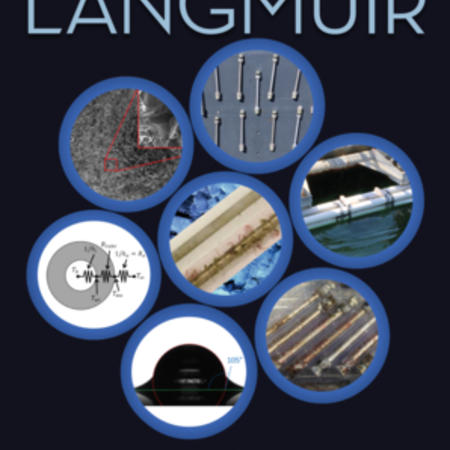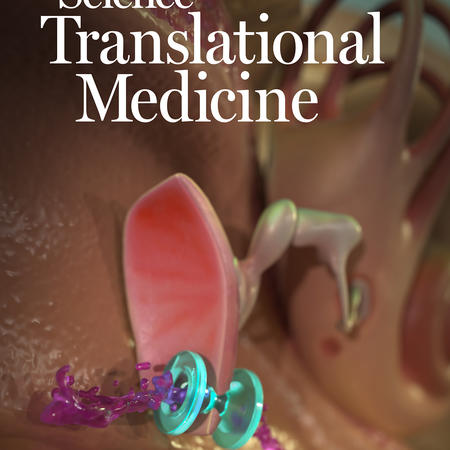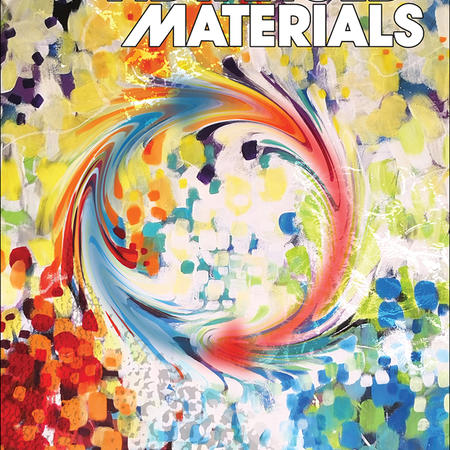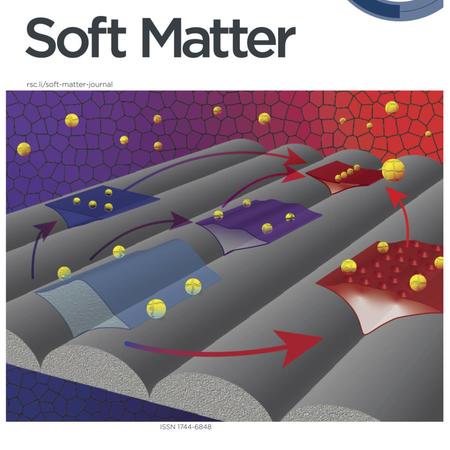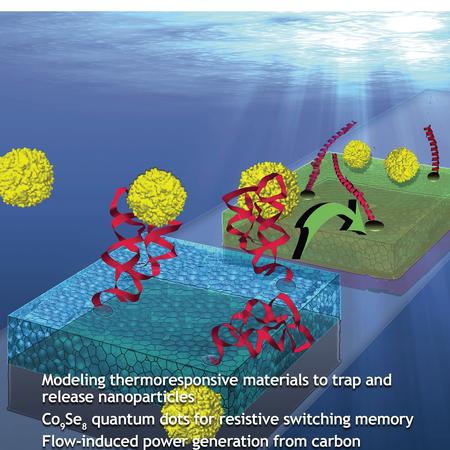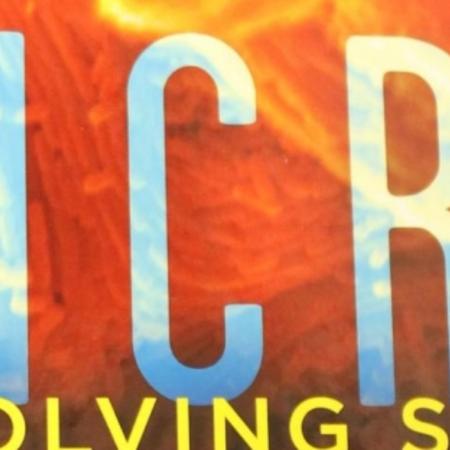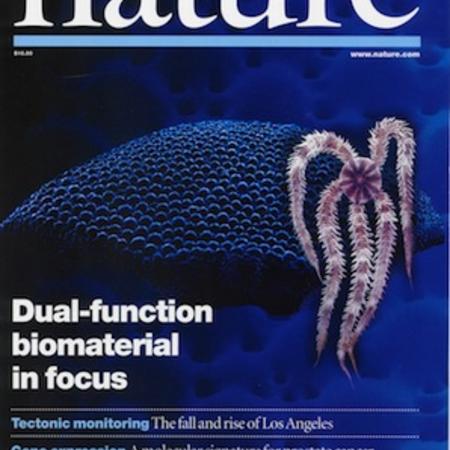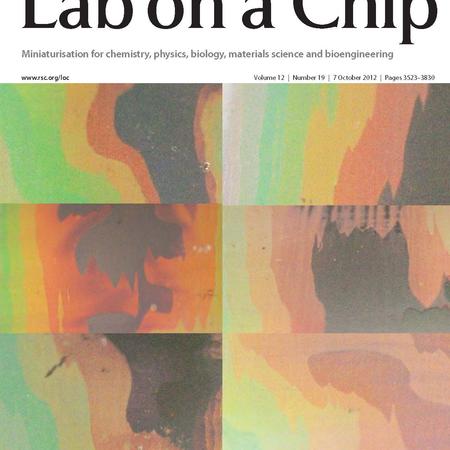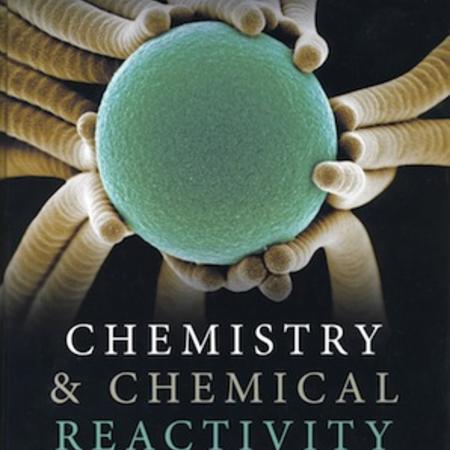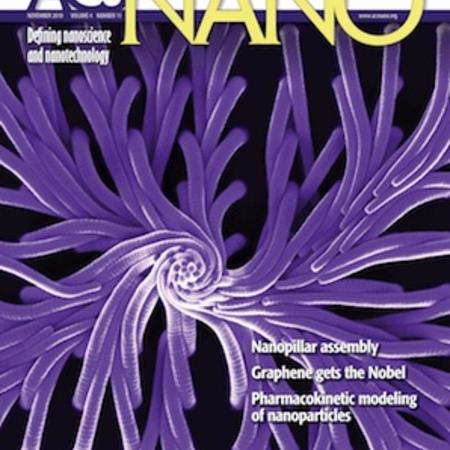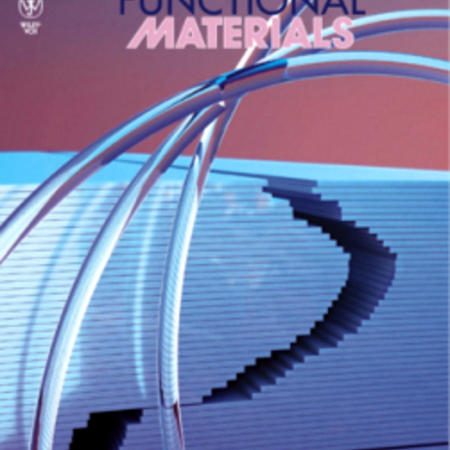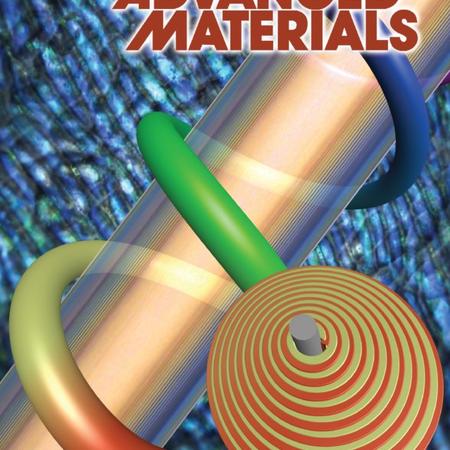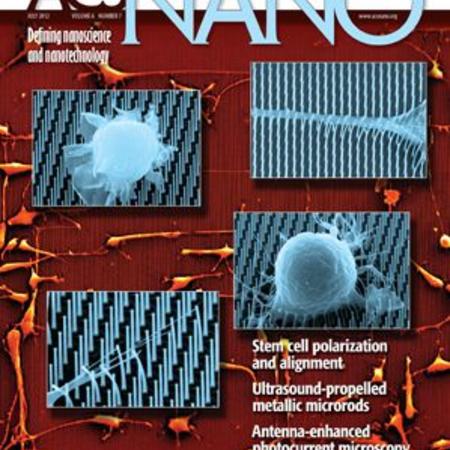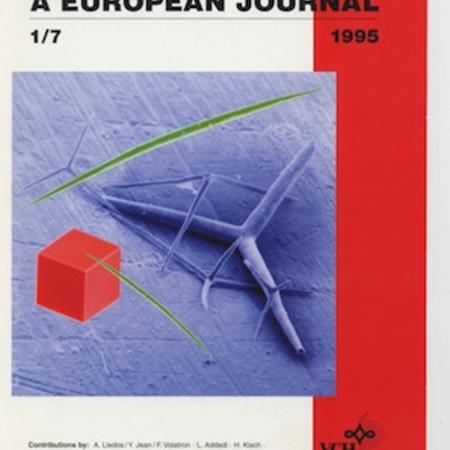Citation:
Abstract:
Mussels are opportunistic macrofouling organisms that can attach to most immersed solid surfaces, leading to serious economic and ecological consequences for the maritime and aquaculture industries. We demonstrate that lubricant-infused coatings exhibit very low preferential mussel attachment and ultralow adhesive strengths under both controlled laboratory conditions and in marine field studies. Detailed investigations across multiple length scales—from the molecular-scale characterization of deposited adhesive proteins to nanoscale contact mechanics to macroscale live observations—suggest that lubricant infusion considerably reduces fouling by deceiving the mechanosensing ability of mussels, deterring secretion of adhesive threads, and decreasing the molecular work of adhesion. Our study demonstrates that lubricant infusion represents an effective strategy to mitigate marine biofouling and provides insights into the physical mechanisms underlying adhesion prevention.
Notes:
This study was funded by the Singapore Maritime Institute (SMI), grant SMI-2013-MA-03 (A.M.). This work was also funded by the Advanced Research Projects Agency-Energy (ARPA-E), U.S. Department of Energy, under award DE-AR0000326, and by the Office of Naval Research (ONR), U.S. Department of Defense, under award N00014-16-1-3169. N.V. acknowledges funding of the Deutsche Forschungsgemeinschaft (DFG) through the Cluster of Excellence Engineering of Advanced Materials (EXC 315) and the Interdisciplinary Center for Functional Particle Systems (FPS). We thank A. Tesler for providing i-WO samples, D. Daniel for discussion on interfacial energies, E. Maldonado for help with the field study, and Stellwagen Bank National Marine Sanctuary for providing the field site and field site support. The transcriptome of P. viridis foot used to identify TRP channels is available at https://www.ncbi.nlm.nih.gov/nuccore/GEKL00000000. S.S., N.V., and J.A. are inventors on a patent application (US20150210951A1) submitted by Harvard University that covers LBL slippery liquid- infused porous surfaces (SLIPS). J.A. is an inventor on a U.S. Patent Application (# 14/414,291) submitted by Harvard University that overs 3D SLIPS. J.A. is the founder of the start-up company SLIPS Technologies, Inc.
